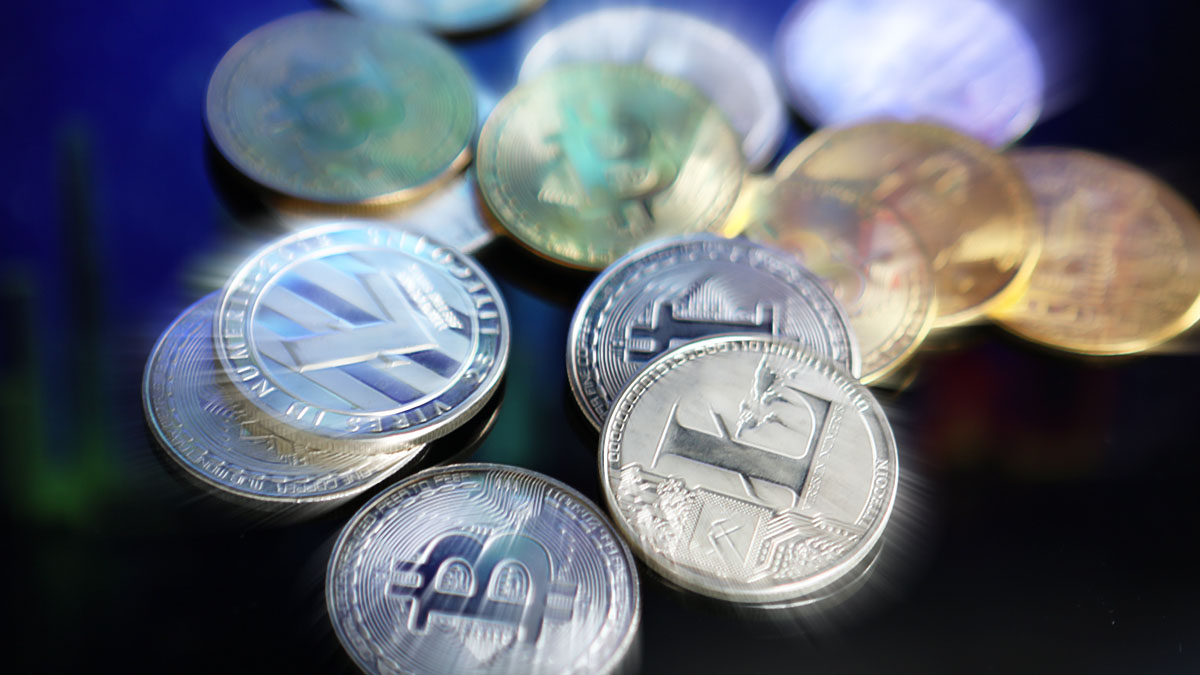Ethereum has advanced toward its scalability goals with the recent activation of the Fusaka upgrade on the Sepolia testnet. This development marks a significant step in enhancing transaction speeds and boosting the network’s overall capability. As the crypto community eagerly awaits the anticipated mainnet introduction in December, the Sepolia testnet serves as an essential trial platform for these improvements.
What Innovations Come with Fusaka?
Following extensive testing on the Holesky testnet, Fusaka introduces pivotal updates to Ethereum’s architecture. The notable increase in block gas limits to 60 million stands out, enabling the handling of more transactions and complex smart contracts within each block. By boosting its processing capacity, Ethereum is prepared to accommodate the rising user demands.
Will PeerDAS Transform Network Efficiency?
Fusaka prominently includes Peer Data Availability Sampling, or PeerDAS, classified as EIP-7594. This approach allows validators to efficiently verify transaction data by sampling smaller parts from numerous peers instead of downloading entire datasets. Such a method enhances transaction processing and strengthens the efficiency of Ethereum’s network.
The planned mainnet launch in December has put the spotlight on how these testnet findings translate into real-world improvements. The Ethereum team optimistically notes the benefits that Fusaka offers, stating,
“We believe Fusaka’s features will significantly enhance the performance of the network.”
Integrating these advancements onto the mainnet remains the next vital step.
Width ahead, Ethereum’s continuous focus on scalability and operational efficiency aligns well with its long-term strategies. These upgrades, as explained by the development team,
“This upgrade forms a vital part of our roadmap towards a more scalable and efficient network.”
With Fusaka’s progress, Ethereum demonstrates a commitment to overcoming blockchain’s lingering scalability issues. By expanding transaction capacity and implementing innovative data sampling techniques, Ethereum sets a new benchmark. The successful testing on Sepolia highlights vital progress before mainnet roll-out.
As these efforts continue, the stage is set for Ethereum to make significant strides, potentially revolutionizing the landscape of blockchain transactions and paving the way for future developments within the sector.
Disclaimer: The information contained in this article does not constitute investment advice. Investors should be aware that cryptocurrencies carry high volatility and therefore risk, and should conduct their own research.
















 English (US)
English (US)